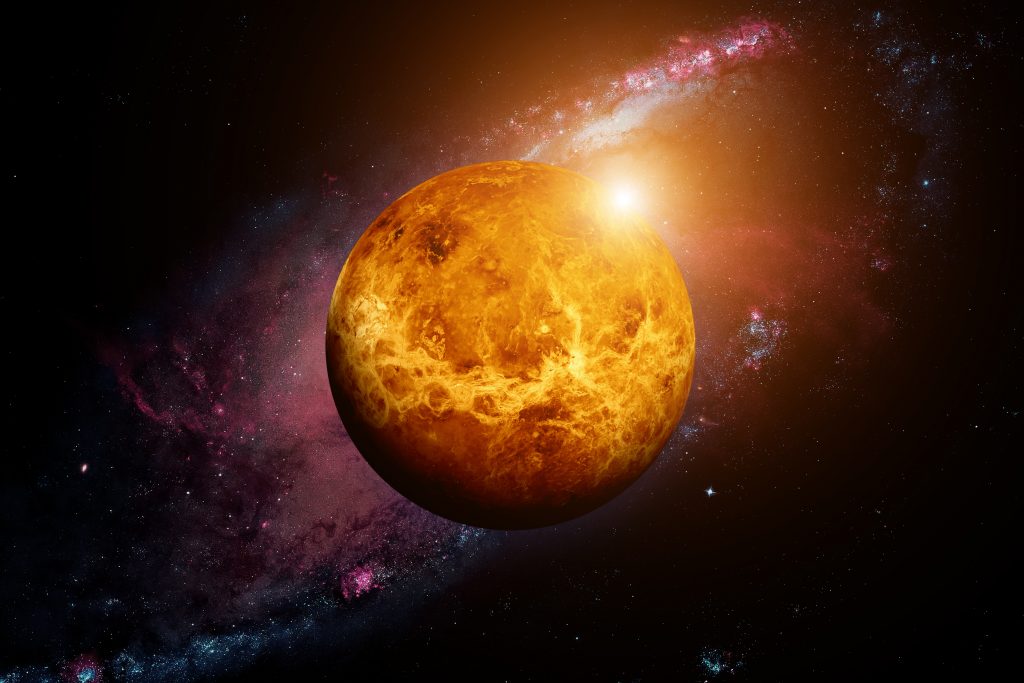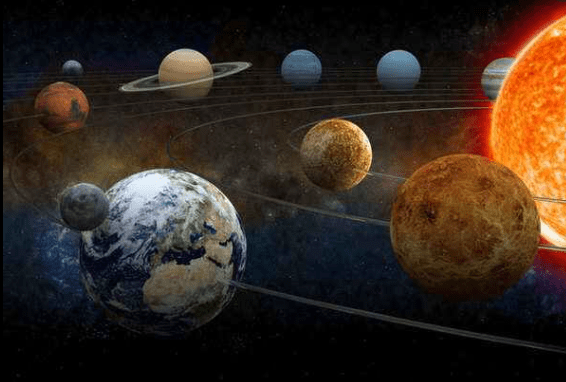NASA To Explore Venus With Two Missions For The First Time in Decades
NASA has announced plans of launching two scientific missions to Venus to study the geological features and atmosphere of Venus. These missions are expected to take place between 2028 and 2030. The two space missions have been named VERITAS, which stands for Venus Emissivity, Radio Science, InSAR, Topography and Spectroscopy, and DAVINCI+, which stands for Atmosphere Venus Investigation of Noble Gases, Chemistry, and Imaging.

DAVINCI+ will specialize in assessing the composition of the dense atmosphere of Venus. To understand its evolution better. On the other hand, VERITAS will focus on mapping the surface of Venus from orbit with the help of determining the planet’s geological history and the reason its development varied from that of earth.

NASA will be awarding approximately $500 million for the two missions. DAVINCI+ will comprise an atmospheric descent probe and an orbiter. It is also anticipated to return the initial high-resolution images of “tesserae”; Venus’s exclusive geological characteristics. According to scientists, these features can be comparable to the continents of the earth. They also offer insights into Venus having plate tectonics. Venus is the second planet from the sun. The closest neighbor of the earth has an identical structure to earth but is slightly smaller, having a diameter of approximately 12,000 kilometers or 7,500 miles.
On its landscape is a toxic and thick atmosphere that is mainly made of carbon dioxide. It also has clouds made up of sulfuric acid droplets. The result is a greenhouse effect that causes temperatures hot enough to melt lead believed to be as high as 880 degrees Fahrenheit or 471 degrees Celsius.
Venus has received a wide scientific interest lately, even much more than mars and other destinations in the solar system.
